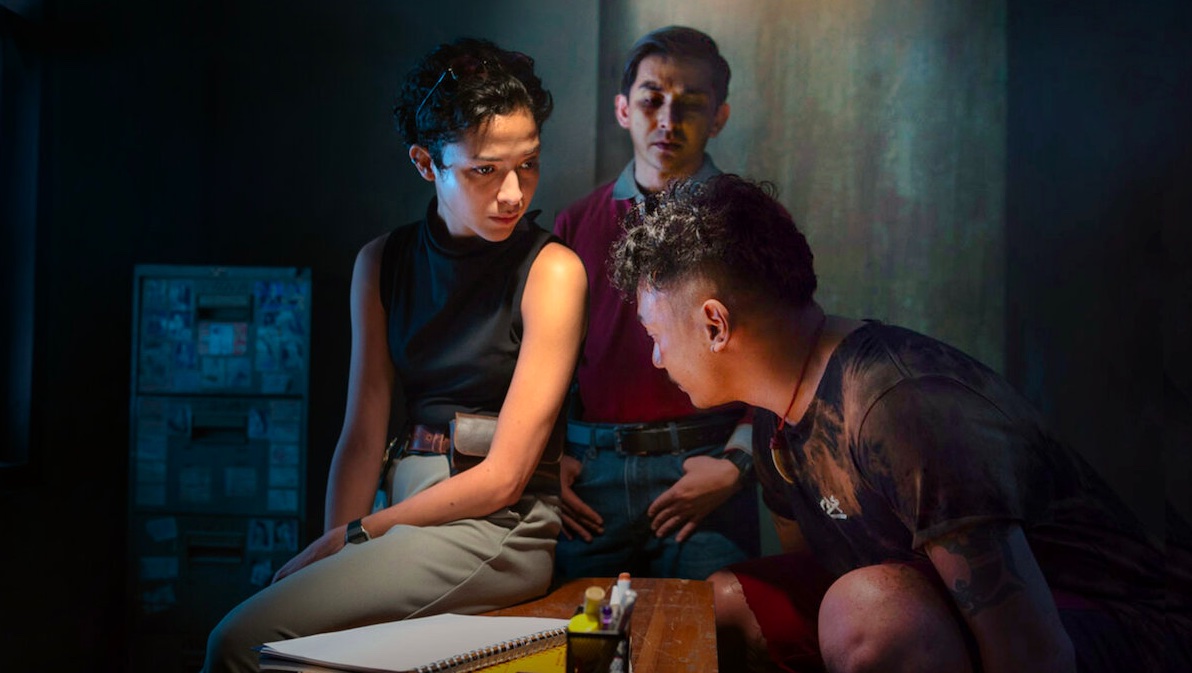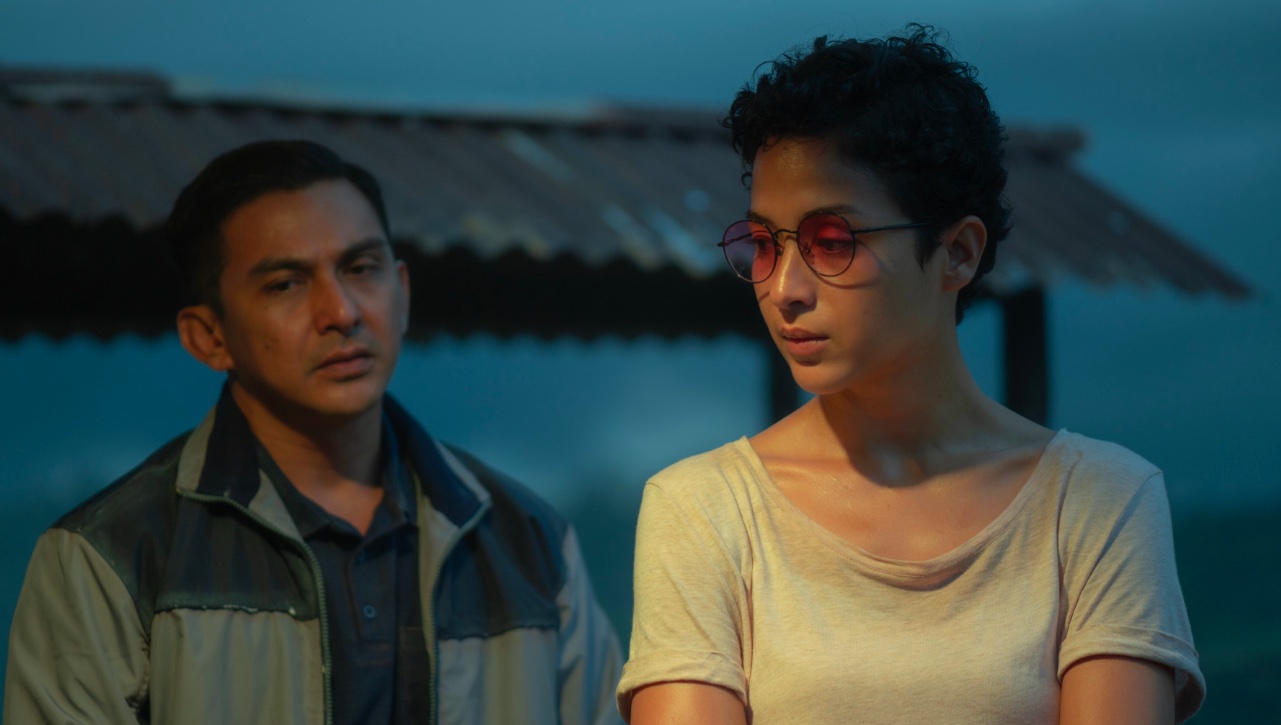Netflix’s ‘Borderless Fog’ (originally titled Kabut Berduri) takes the audience to the jungles of Borneo at the Indonesia-Malaysia border, where a series of murders rattles the locals. Sanja Arunika is sent from Jakarta to solve the case but also brings the baggage of her previous transgressions. While dealing with the ghosts from her past, she tries to figure out the identity of the murderer, but this leads her to discover the local conflicts, the corruption in the police force, and a local legend about a spirit that haunts the forest.
Directed by Edwin, the 2024 film deftly mixes the genre of thriller with the supernatural to deliver a story that makes the protagonist question everything around her. What makes the story even better is that it roots itself in realism by focusing on the real-life conflicts of the locals while packaging it all in a captivating investigation.
Borderless Fog Draws Upon the History of Indonesia
‘Borderless Fog’ is an entirely fictional story written by Edwin and Ifan Ismail, with the former directing the film. The killings that form the crux of the story are not based on any particular case in Indonesia. However, the story does draw upon the history between Indonesia and Malaysia to give more weight to the fictional storylines that drive the story.

At the beginning of the film, we are given the context of the location and setting. The title card reveals a joint effort by Indonesian and Malaysian forces to combat the communist forces of PARAKU. This is taken from the pages of history books, focusing on a more than two-decades-long conflict between the said forces. It refers to the communist insurgency that was spearheaded by the North Kalimantan Communist Party, which was a Maoist communist party based out of the northern Borneo region. Founded in 1971, it was said to have been backed by the People’s Republic of China and engaged in the insurgency against the newly formed country of Malaysia via its guerrilla forces, one of whom was called PARAKU, or the Pasukan Rakyat Kalimantan Utara.
The other military outfit operated under its umbrella was the Sarawak People’s Guerilla Force (SPGF) or Pasukan Gerilya Rakyat Sarawak (PGRS). Eventually, the conflict came to an end in October 1990, especially after the diplomatic relations between Malaysia and China were formed, and the latter retracted its support from the NKCP. Around the same time, the party signed a peace treaty that put an end to the conflict and ended the communist threat that the government was fighting against.
With the setting of Borneo, the movie also turns the limelight towards the Dayak people, who are the indigenous people of the island and have inhabited its riverbanks and forests for a very long time. Due to the changing politics of the region, especially in the ’60s and later, the Dayak people also found themselves facing conflict with several factions, and the problems were exacerbated due to the border location, which complicated things even further.
The Film Uses a Realistic Background to Tell a Fictional Tale

While the context of the story is real, what unfolds with the murders and the investigation is entirely fictional. The story about Ambong, a communist leader of PARAKU, who hid in the forest during the armed conflict and is now haunting the place, is also most likely made up. For the director of the film, the fictional part was a way to turn the spotlight toward the locals, their culture, and their issues. Edwin spoke about his interest in the culture and stories of the people living along the border. He wanted to “feature the point of view of someone who’s lived his whole life in Jakarta or Java, who learned a lot about Indonesia through the lens of the borderlands.” This is where Sanja and her perspective as an outsider come in handy because she is very much like the audience, unfamiliar with the place, its history, and its beliefs.
The film’s producer, Muhammad Zaidy, aka Eddy, also underlined the importance of telling stories about the Dayak people and other indigenous people who inhabited the place. To make the film more authentic, the crew turned towards the island of Borneo to focus on its “cultural diversity and breathtaking landscapes” properly. The decision to employ the location for the film was also welcomed by Indonesia’s Minister of Tourism and Creative Economy, Sandiago Uno, who was “particularly pleased with the production,” especially its initiative to bring the stories of the locals to the forefront, and inviting the international audience to become familiar with them.
Read More: Netflix’s Borderless Fog: All Filming Locations, Explored


You must be logged in to post a comment.